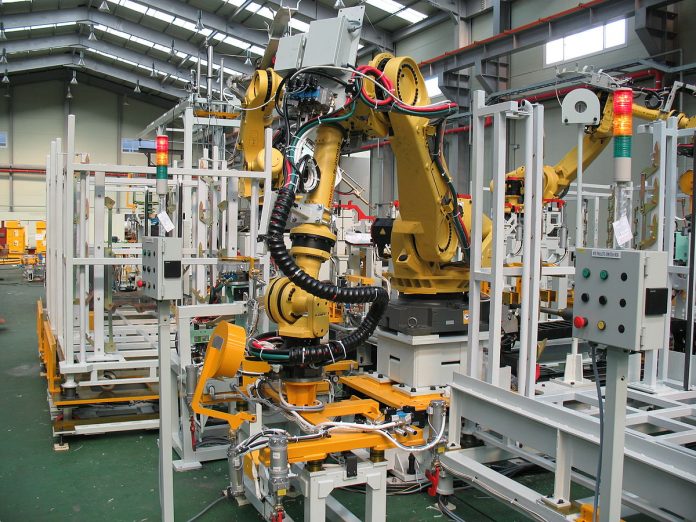The Cost of Machine Downtime: How the Industry Can Still Recover
PoliticMag Press Release : January 05, 2021
The world of manufacturing is no stranger to going through the good times and the bad. The 2008 recession put progress and innovation on hold, and now the coronavirus is threatening to create a short-term future where production lines are firing on cylinders and one day and being turned off the next.
This blog post is going to look at the cost of machine downtime over the last decade and how things can still be done, even during the pandemic, to improve the outlook of the industry.
A decade of decline & recovery
The 2008 recession presented a real challenge for manufacturing, in terms of recovery. The manufacturing of food, motor vehicles, other transport equipment and repair of machinery were the key areas of the industry that depended on for a change in fortunes over the long term.
From a statistical point of view, this is documented via the fact The Index of Manufacturing was close to returning to a good level pre-2008, but even though the recession hit over 12 years ago, some manufacturing industries haven’t recovered, even before you take into account the impacts of COVID-19.
Moving on to 2019, the outlook still showed signs of bleakness, with the total value of UK manufacturer’s product sales falling by 1.2 per cent at £396.6 billion compared to £401.4 billion the year previous.
How to recover beyond the pandemic
If the decade-long impacts of a financially inflicted recession weren’t enough, manufacturing has had to deal with the coronavirus pandemic—which looks set to cause another recession. To paint a picture of machine downtime in the industry, 77% of firms have furloughed between 1% and 50% their staff.
Over 41% of firms also expect that it will take more than 12 months to return to normal trading. The UK manufacturing sector has been profoundly hit by the COVID-19 pandemic. The UK manufacturing Purchasing Managers’ Index (PMI) dipped to 32.6, the lowest value since records began almost 30 years ago.
But there’s still long-term hope that the industry can recover and return to a time where factories and production lines thrived. UK manufacturing is predicted to recover to its pre-COVID-19 trajectories by 2022, which is an encouraging sign.
It’s no secret the UK is reliant on manufacturers to lead the nation’s recovery. It is already notable how the ability to use manufacturing in this time of national emergency has proved vital.
Five ways to reduce manufacturing time & resource waste
- Inventory management
- Reducing packaging
- Recycle/reuse
- Schedule preventative maintenance
- Organise the warehouse
Be smart with intangible costs:
- Responsiveness: when downtime occurs, employees must focus on addressing these issues as their top priority. Since the cost of downtime in manufacturing is so significant, it becomes more important to solve these problems than focusing on customer service issues.
- Stress: downtime can cause a lot of stress for employees when operating machinery that isn’t working efficiently. On the other hand, if a machine needs to produce at their maximum capacity for long periods of time, it becomes more likely that they malfunction.
- Innovation: downtime can be a very time-consuming issue for a business. This takes away time from other things like innovation and creative brainstorming opportunities. It is much more important to make sure a current system is working before imagining how to improve that system’s capabilities for the future.
And that completes our blog post on machine downtime and the ways to recover during a tough climate. For more information on the services we provide, look at our electric motor repair, electric motor rewinding, pump repairs and generator repairs pages.







